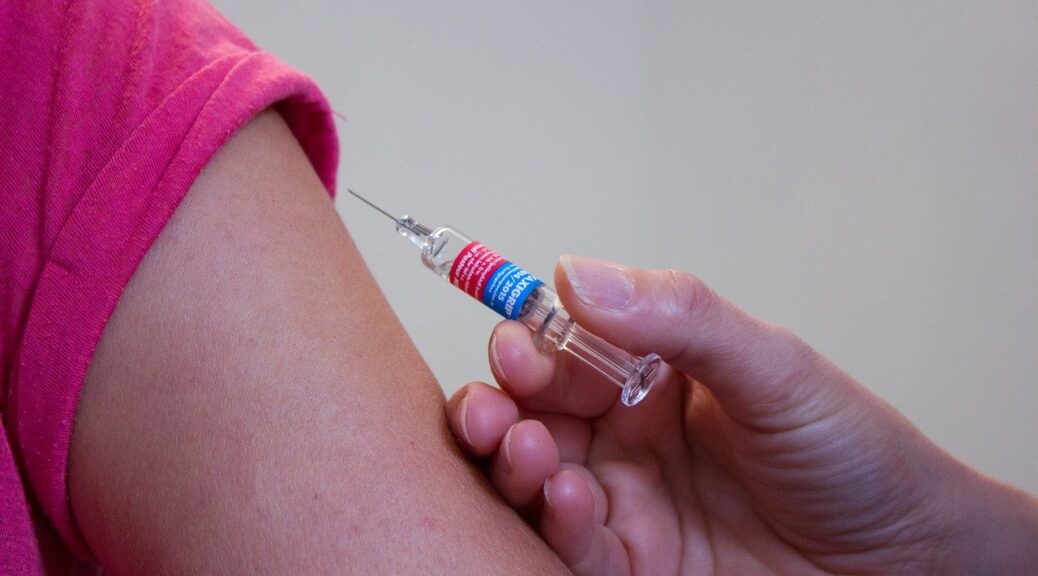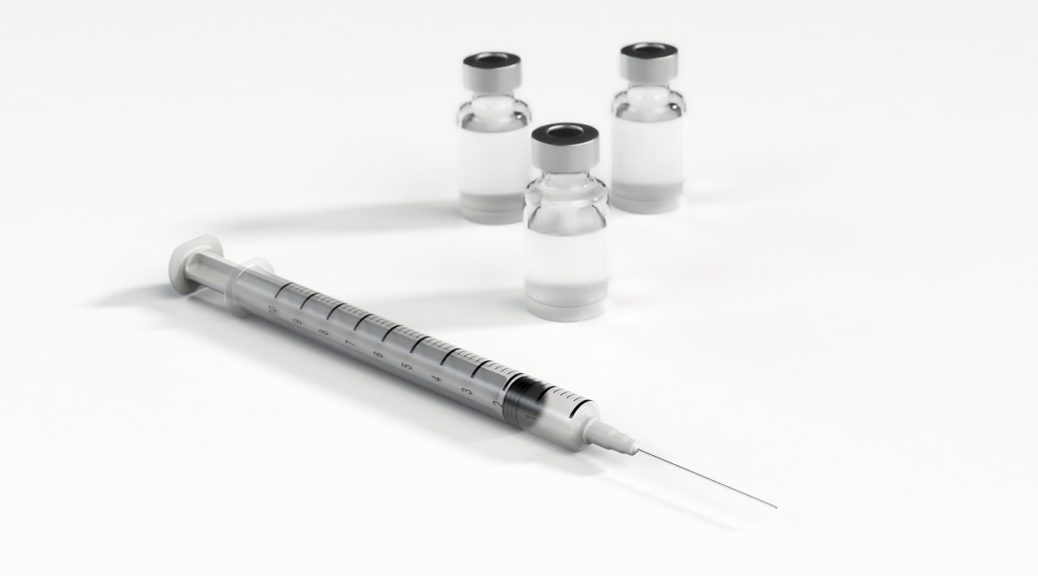Bilingual Web App to Improve HPV Vaccine Uptake
Dr. W. Gill Woodall, Klein Buendel Senior Scientist, presented findings from the Vacteens/Vacuna Adolescente Project at the virtual 33rd International Papillomavirus Conference & Basic Science, Clinical and Public Health Workshops (IPVC), July 20-24, 2020.
The uptake of HPV vaccine in the United States remains substantially below the Healthy People 2020 goal of 80% series completion, particularly for young adolescents, when immunogenic response to the vaccine is strongest. Physician and clinic-based interventions have shown some limited positive effect on vaccine uptake. However, parental barriers to HPV vaccination may be addressed by digital interventions, such as smartphone applications, that are tailored to their concerns. Potential parental barriers include confusion, uncertainty, and misinformation about HPV vaccine schedule, safety, and effectiveness.
A research project was conducted to test whether digital information delivered to parents in a community setting may be an effective way to help reach HPV vaccine uptake goals in the United States. Diffusion of Innovations Theory principles were used to guide the development of the Vacteens/Vacuna Adolescente mobile app in English and Spanish. The app was designed to encourage HPV vaccination in New Mexico, an ethnically-diverse state with insufficient vaccine uptake. Parents and adolescents were recruited from pediatric clinics in New Mexico to a randomized trial evaluating the mobile web app, which focused on daughters (ages 11-14). Parents were randomized to receive either the Vacteens/VacunaAdolescente mobile web app or the usual and customary online HPV vaccination pamphlet from the U.S. Centers for Disease Control and Prevention. Adolescent vaccine records were collected for daughters at a 9-month assessment point. Vaccine uptake results from the trial found that parents who received the Vacteens/VacunaAdolescente web app were significantly more likely to have their daughters vaccinated.
This research was funded by grants from PCORI and the National Cancer Institute (CA210125; Dr. W. Gill Woodall, Principal Investigator). Dr. Woodall’s collaborators include Dr. Alberta Kong and Dr. Lance Chilton from the University of New Mexico, Dr. Greg Zimet from Indiana University, and Jeannyfer Reither, Dr. David Buller, and Dr. Valerie Myers from Klein Buendel.








 Dr. Gregory Zimet is a Clinical Psychologist and Professor in the Department of Pediatrics at the Indiana University School of Medicine. Since he arrived there in 1993, he has guided an extensive, multi-faceted research program focused on attitudes about, and acceptance of, vaccines for the prevention of sexually-transmitted infections, including the human papillomavirus (HPV) vaccine.
Dr. Gregory Zimet is a Clinical Psychologist and Professor in the Department of Pediatrics at the Indiana University School of Medicine. Since he arrived there in 1993, he has guided an extensive, multi-faceted research program focused on attitudes about, and acceptance of, vaccines for the prevention of sexually-transmitted infections, including the human papillomavirus (HPV) vaccine.

